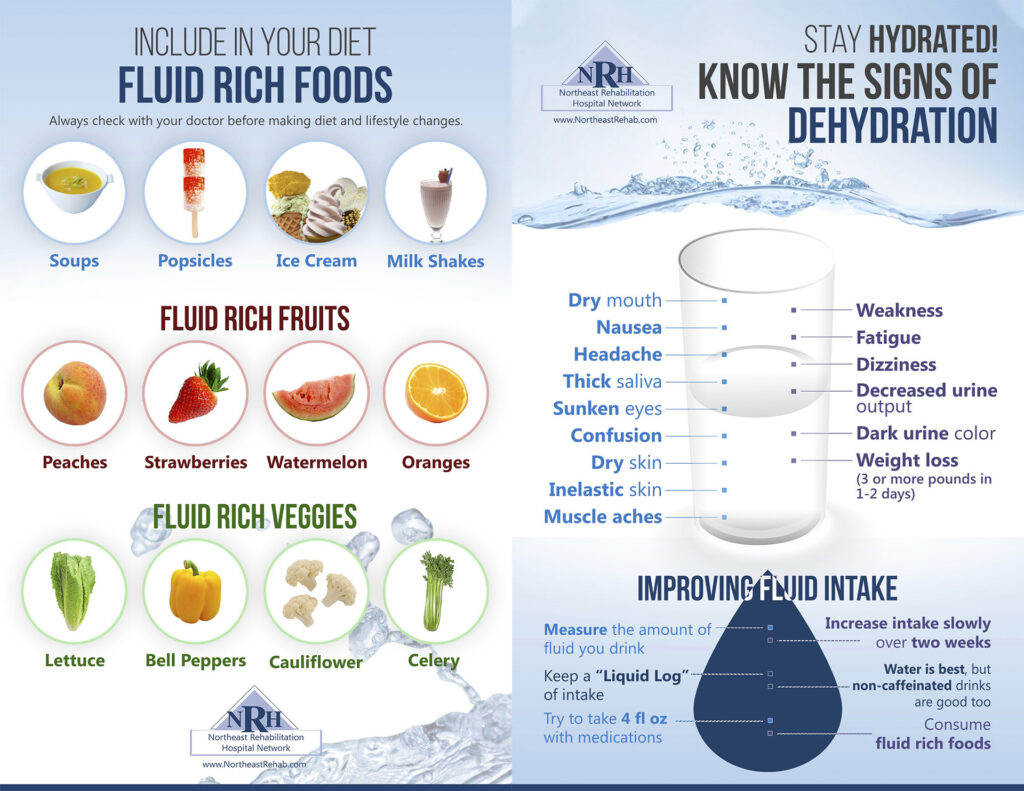
Staying properly hydrated is essential for maintaining your body’s optimal function. Water is undoubtedly the gold standard for hydration, but sometimes a little variety can be helpful, especially if you find plain water unappealing. This brings us to Jell-O – a popular treat that many wonder about when it comes to contributing to their daily fluid intake.
This article will delve into the potential benefits and drawbacks of consuming Jell-O for hydration. We’ll explore whether it truly counts towards your fluid goals, examine its sugar content, and discuss healthier alternatives if you’re looking to boost your hydration levels. By the end, you’ll have a clearer understanding of how Jell-O fits (or doesn’t fit) into a balanced and hydrated lifestyle.
Jell-O Hydration Benefits
While Jell-O might not be as hydrating as plain water, it does offer some potential benefits that could make it a helpful addition to your hydration routine.
Firstly, the gelatin in Jell-O can contribute to feelings of fullness and satiety. This can be particularly beneficial if you’re trying to manage your calorie intake or are prone to snacking between meals. Secondly, the unique texture of Jell-O can make it more appealing than plain water, especially for children or individuals who struggle to consume enough fluids.
Finally, some people find that consuming Jell-O helps soothe their digestive system and alleviate constipation. This is likely due to the gelatin’s ability to add bulk to stool and promote regularity.
Does Jell-O Count as Fluid Intake?
The answer to this question isn’t a simple yes or no. While Jell-O does contain water, it also contains other ingredients like sugar and flavorings that can affect its hydrating properties.
Generally, the body absorbs fluids from solid foods more slowly than from liquids. This means that while Jell-O can contribute to your overall fluid intake, it shouldn’t be relied upon as your primary source of hydration. It’s best to think of Jell-O as a supplemental beverage rather than a direct replacement for water.
Sugar Content in Jell-O
One of the main drawbacks of consuming Jell-O is its relatively high sugar content. A single serving of Jell-O can contain anywhere from 10 to 25 grams of sugar, depending on the flavor and brand. This amount of added sugar can contribute to weight gain, tooth decay, and other health problems if consumed in excess.
It’s important to be mindful of your overall sugar intake and choose lower-sugar options whenever possible. Look for Jell-O varieties made with natural sweeteners or consider making your own Jell-O using fruit juice or honey as a sweetener.
Moderation and Health Considerations
As with most things, moderation is key when it comes to consuming Jell-O. While it can offer some hydration benefits and potential digestive advantages, its high sugar content should be taken into account.
It’s best to enjoy Jell-O occasionally as a treat rather than making it a regular part of your diet. If you have concerns about your sugar intake or overall health, consult with a healthcare professional for personalized advice.
Alternatives to Jell-O for Hydration
If you’re looking for healthier alternatives to Jell-O for hydration, there are plenty of options available:
- Water: The ultimate thirst quencher and essential for optimal bodily function.
- Infused Water: Add slices of fruit, cucumber, or herbs to your water for a refreshing flavor boost.
- Unsweetened Tea: Green tea, black tea, and herbal teas can be hydrating and offer additional health benefits.
- Coconut Water: A natural electrolyte-rich beverage that can help replenish fluids after exercise.
Conclusion
While Jell-O can contribute to your daily fluid intake, it’s important to remember its high sugar content and consume it in moderation. Water remains the best choice for hydration, but incorporating other flavorful options like infused water or unsweetened tea can make staying hydrated more enjoyable. By making informed choices about your beverage consumption, you can support your overall health and well-being.
